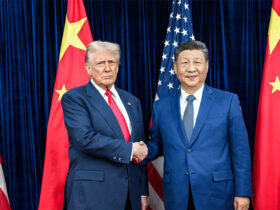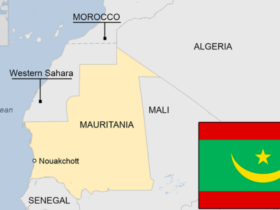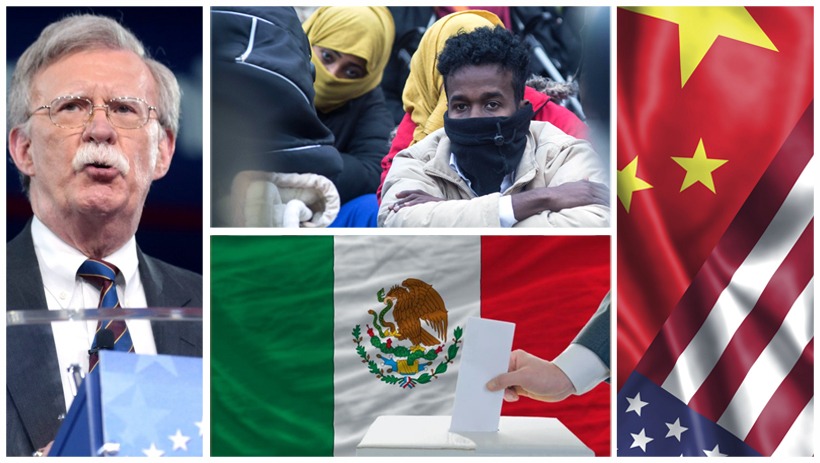Time for a Strategic Pivot
Time for a Strategic Pivot
By Mehmet Enes Beşer
The atmosphere in the capitals of Southeast Asia is growing increasingly unmistakably fatigued when it comes to climate finance. All those repeated promises from the developed world to mobilize billions on the behalf of climate mitigation and adaptation in the Global South have come woefully short. From unpaid commitments under the Paris Agreement to sluggish disbursement in the Green Climate Fund, the continent is left to struggle with mounting climate exposure with little of the money it was promised. The outrage is material and moral—and entirely justified. But beyond outcry, there is a sober imperative for strategic rebalancing. Southeast Asia can no longer wait for a structurally imbalanced and politically stagnant climate finance regime. It must start diversifying its sources and controlling its own green transition.
The current climate finance framework is based on a flawed bargain. The rich world, responsible for the majority of historical emissions, pledged to deliver $100 billion annually to developing nations by 2020—a target that remains elusive. Whereas money has penetrated to the region in some instances, it is in the guise of sluggish, donor-driven systems that are rigid, opaque, or decoupled from recipient nation priorities. Climate finance architecture that is still dominated by Bretton Woods institutions and Western-driven systems allows the trend of financial gatekeeping that sets vulnerable nations behind a hurdle race to fight for scarce prizes.
Southeast Asia’s vulnerability to climate change is not hypothetical. It is confronted with rising sea levels, stronger storms, crop loss, and heatwaves in urban areas. It must also shoulder the challenge of decarbonizing rapidly growing economies without losing growth and development. Both these twin imperatives—acclimating to the present menace and averting the future one by curbing it—are required to have sustained large-scale financing. The region remains however still reliant on a below-standard international framework that underestimates, underweights, and underperforms Southeast Asian need.
It is time to reconsider that reliance. Global climate finance will still need to be tapped into, but Southeast Asia must begin to construct an alternative framework—one that aligns regional cooperation, market innovation, and institutional innovation. ASEAN, occasionally criticized for its incremental diplomatic style, can take the initiative and show leadership by creating a regional climate finance center. This vehicle would harness member state resources, sovereign wealth funds, and multilateral institutions to finance green infrastructure, early warning systems, and sustainable agriculture. A regional platform would not only bring scale but also ensure that priorities in financing would be determined according to local realities—not foreign donor priorities.
While all these initiatives have to be supplemented, the utilization of sovereign green bonds and sustainability-linked loans can be enhanced by individual countries. Malaysia, Thailand, and Indonesia have begun on this path, but its potential is yet to be tapped. Properly structured green bonds can tap global capital markets while still allowing governments to retain their ability to choose projects and deliver them. Besides, new financial instruments such as blended finance—through which the application of public funds de-risks private money—can channel money into sectors hitherto considered too risky, say coastal protection or decentralized renewable energy.
Private money is a tapped avenue too. Southeast Asia possesses a burgeoning middle class, growing digital connectivity, and rising technology entrepreneurship—all the ingredients for an indigenous green investment market. Governments need to seek regulatory reforms and incentive programs that divert private savings, pension funds, and venture capital into climate-compatible activities. Examples include green start-up tax credits, feed-in tariffs for renewable energy, or public-private partnerships in green transport. This is not an alternative to foreign aid, but a top-up to the pool—action not delayed by distant negotiations or mercurial donor caprice.
Naturally, such second-best options are not risk-free. Green bonds rely on fiscal prudence and quality monitoring arrangements to safeguard investor confidence. Regional pooling schemes need robust governance and open rules to avert political deadlock. And private capital, if not regulated, can mirror imbalances and accord undue weight to profit ahead of resilience. But these are design challenges—not destiny. With adequate institutional arrangements and accountability mechanisms, Southeast Asia can develop a climate finance system that is not only more responsive but also more equitable.
Pursuing parallel sources of climate finance is not an abandonment of global pledges—it’s a reasonable response to their inaction. Southeast Asian governments can and must challenge the developed world to fulfill its promises. But they must accomplish this while at the same time building financial independence within the climate context. This is the only mechanism through which the region’s urgent climate needs can be met without looking to a broken system to heal itself.
Conclusion
Southeast Asia stands at the crossroads of its climate trajectory. Its problems become increasingly challenging, time for solutions shortening, and exasperation with current climate finance architecture mounting. More of the same from promises that have not been fulfilled by the Global North will no longer be enough. Southeast Asia needs to take control now—constructing regionally grounded, market-driven, development-suitable financial institutions.
This change will require vision, cooperation, and policy boldness. It will require ASEAN to go beyond speech and become a green investment and coordination hub. States should not be mere supplicants at international climate negotiating tables but financiers and architects of their future.
The era of passive reliance on climate finance must come to an end. The next model is one that is new—one built by Southeast Asia, for Southeast Asia. Resilience in the region is not mitigation or adaptation but financing empowerment. It is time to finance the future, on Southeast Asian terms.

















Leave a Reply